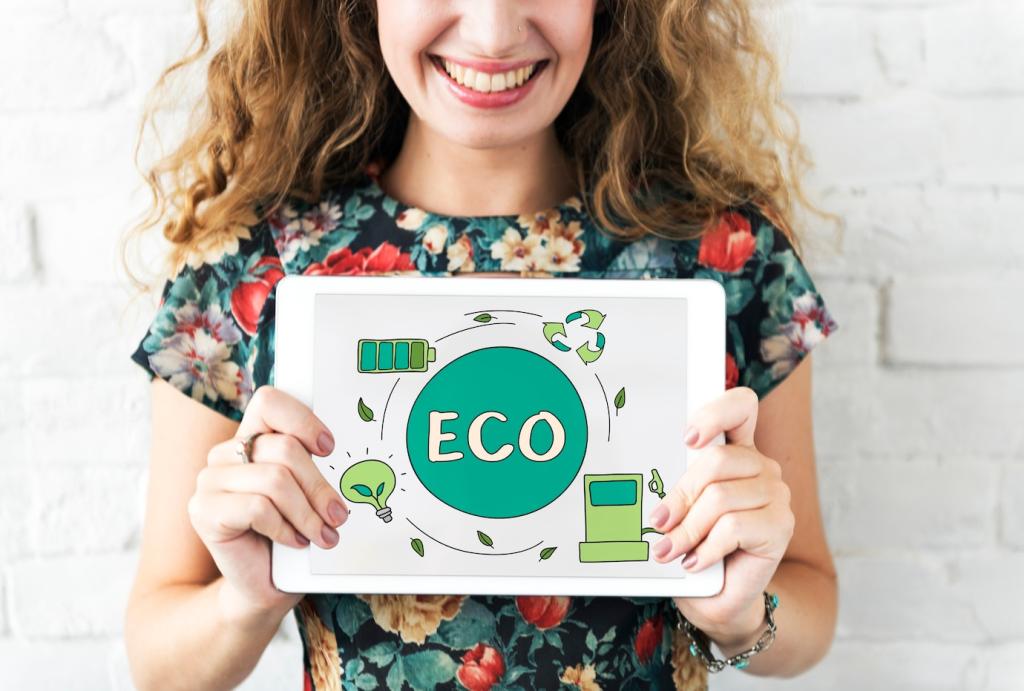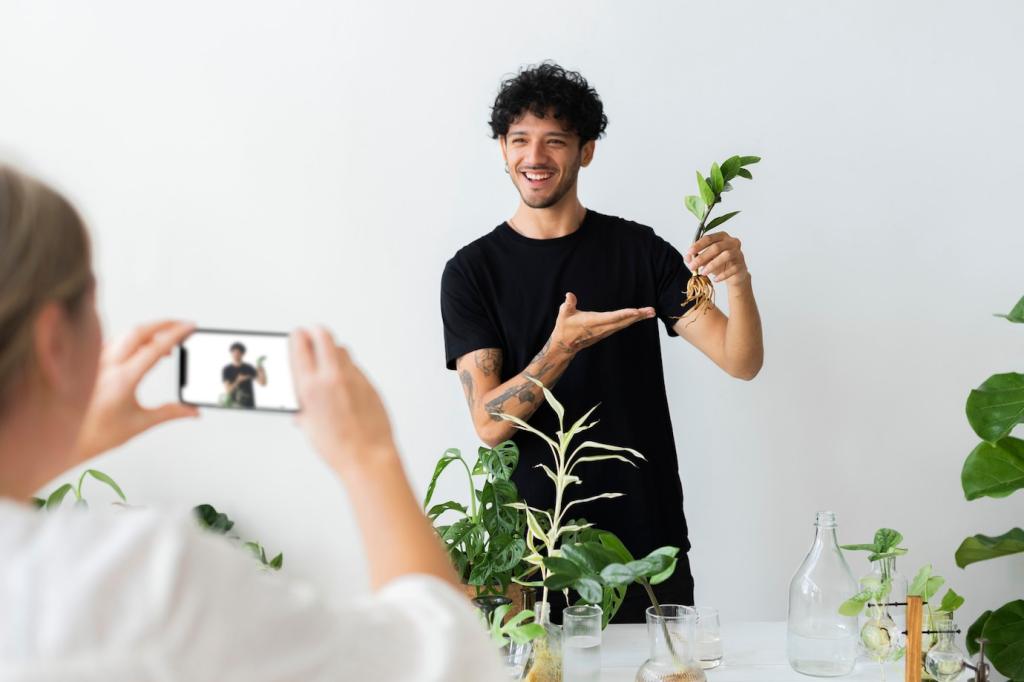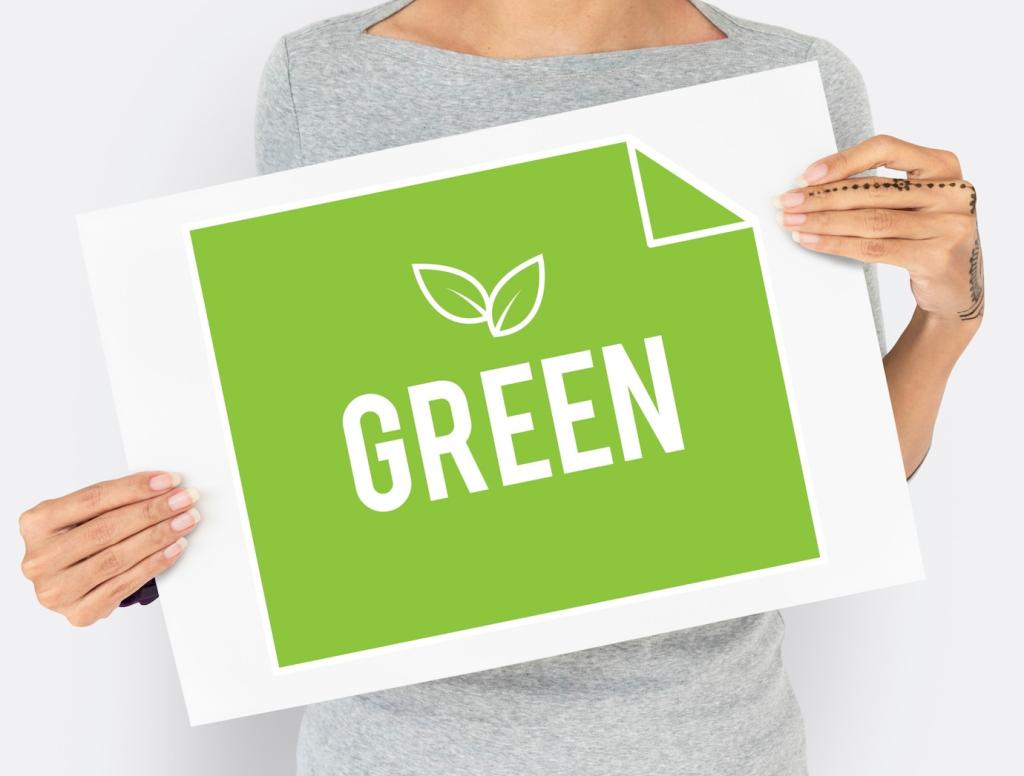From Waste to Wow: The Emeco 111 Navy Chair
The 111 Navy Chair famously uses roughly 111 recycled PET bottles per chair, translating waste into a durable, handsome object. The design respected Emeco’s heritage while inviting everyday buyers to participate in a clear, tangible recycling story each time they sat down.
From Waste to Wow: The Emeco 111 Navy Chair
Marketing highlighted the material transformation in plain language, pairing striking visuals with the simple promise of fewer bottles in landfills. The message felt practical, not preachy, helping skeptical consumers see sustainability as good design rather than a scolding moral lecture.
From Waste to Wow: The Emeco 111 Navy Chair
Beyond press buzz, the chair appeared in kitchens, hotels, and creative studios, sparking conversations about waste and durability. If you own one, share your story: did the recycled PET narrative influence your purchase, or did the design win your heart first?
From Waste to Wow: The Emeco 111 Navy Chair
Lorem ipsum dolor sit amet, consectetur adipiscing elit. Ut elit tellus, luctus nec ullamcorper mattis, pulvinar dapibus leo.





